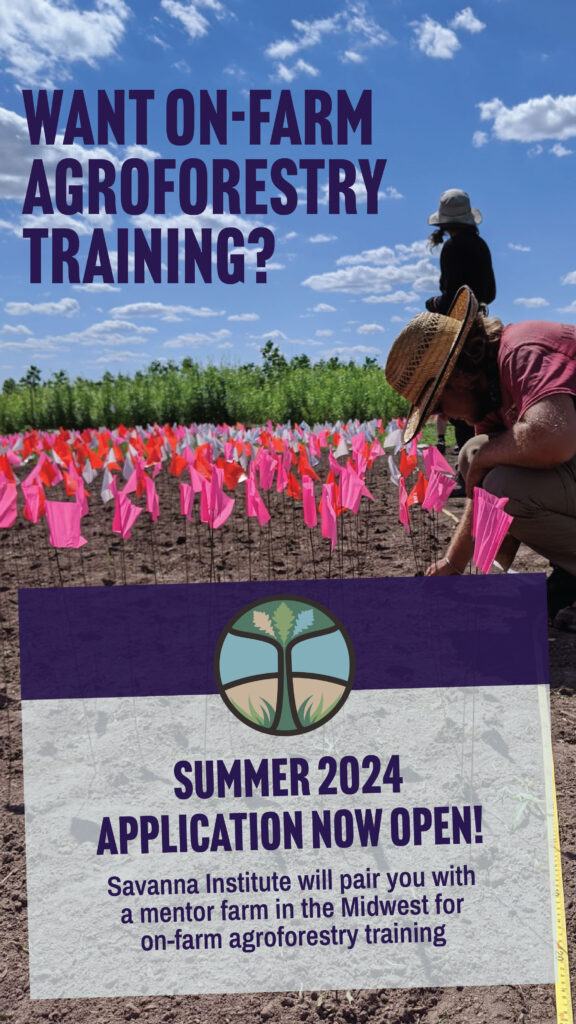
Why are we focusing on these agroforestry crops?
In a recent webinar, plant scientist Eliza Greenman briefly explained how the Savanna Institute has chosen which key crops to focus its plant breeding and improvement work on:

American Persimmon
- Most nutrient-dense native fruit in the US
- Canopy density allows for adequate light transmission for pasture growth
- High value wood
- Existing markets in the Midwst for “persimmon pudding”
Hybrid Hazelnuts
- Existing speciality markets
- Biodiesel alternative to soy
- Hazelnut meal is an excellent commodity livestock feed
- Hedgerow plantings are machine harvestable


American elderberry
- Existing US market demand
- All selections are from the wild
- Bushes can be annually coppiced
- Can be cold-pressed
Black currant
- Cold hardy
- Shade tolerant
- Existing US market demand
- Machine harvestable
- Excels in poor soils


Chinese chestnut
- Resistant to chestnut blight and ink disease
- High carbohydrate food source
- Existing demand exceeidng supply
- Seedlings out-perform grafted trees
- Late blooming, escaping frost
Visit Canopy Farm Management to learn more about what black currant varieties and other agroforestry crops and services are available in your area.
More from Perennial AF
Indigenous Food Advocate Chef Sean Sherman to deliver keynote at 2024 Perennial Farm Gathering
The Sioux Chef founder will speak at the Monona Terrace in Madison on October 7th
A Letter from Canopy Farm Management
As Canopy enters its third year of providing tree planting and management services in the Midwest, the transformative impact of trees and the revitalization of our farms are becoming increasingly apparent.
Our Latest Perennial Report
Each year, we release a Perennial Report packed with stories from our community, hopeful milestones toward our vision, and organizational financial reporting. Read the stories and think big picture with us in our latest Perennial Report.




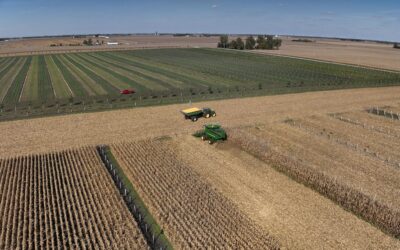
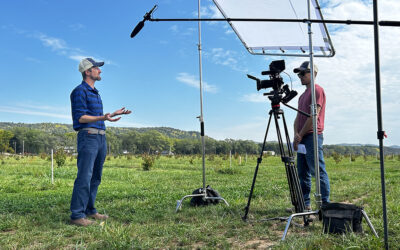
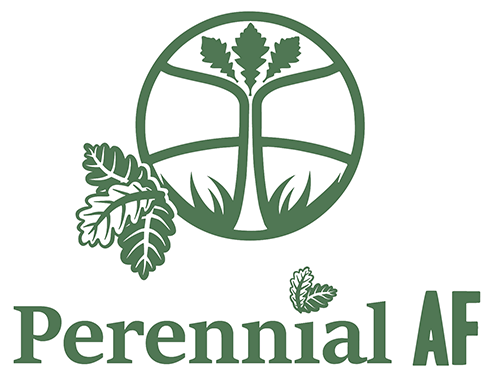


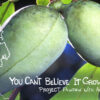 🔊 “You Can’t Believe It Grows Here” – Project Pawpaw with Adam D’Angelo
🔊 “You Can’t Believe It Grows Here” – Project Pawpaw with Adam D’Angelo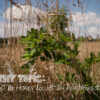 🔊 A Thorny Topic: Black Locust and Honey Locust for Agroforestry
🔊 A Thorny Topic: Black Locust and Honey Locust for Agroforestry 🔊 “Spreadsheets on the Radio” – Farm Viability and the Fruit & Nut Compass with John Hendrickson
🔊 “Spreadsheets on the Radio” – Farm Viability and the Fruit & Nut Compass with John Hendrickson 🔊 Getting Started with Forest Farming – Ingrid Daudert, Karam Sheban, and Robin Suggs
🔊 Getting Started with Forest Farming – Ingrid Daudert, Karam Sheban, and Robin Suggs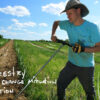 🔊 Agroforestry for Climate Change Mitigation and Adaptation – with Nate Lawrence and Monika Shea
🔊 Agroforestry for Climate Change Mitigation and Adaptation – with Nate Lawrence and Monika Shea